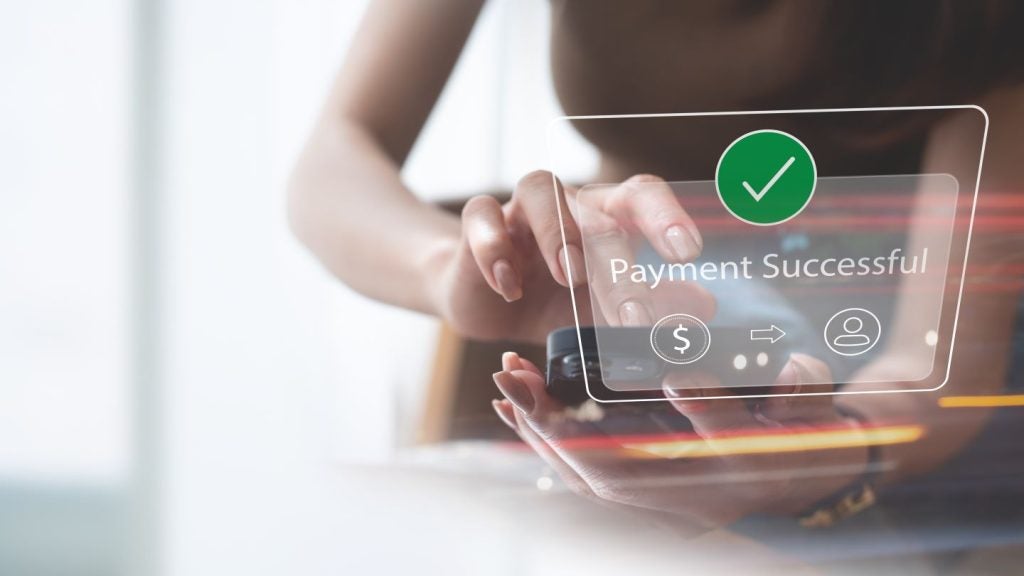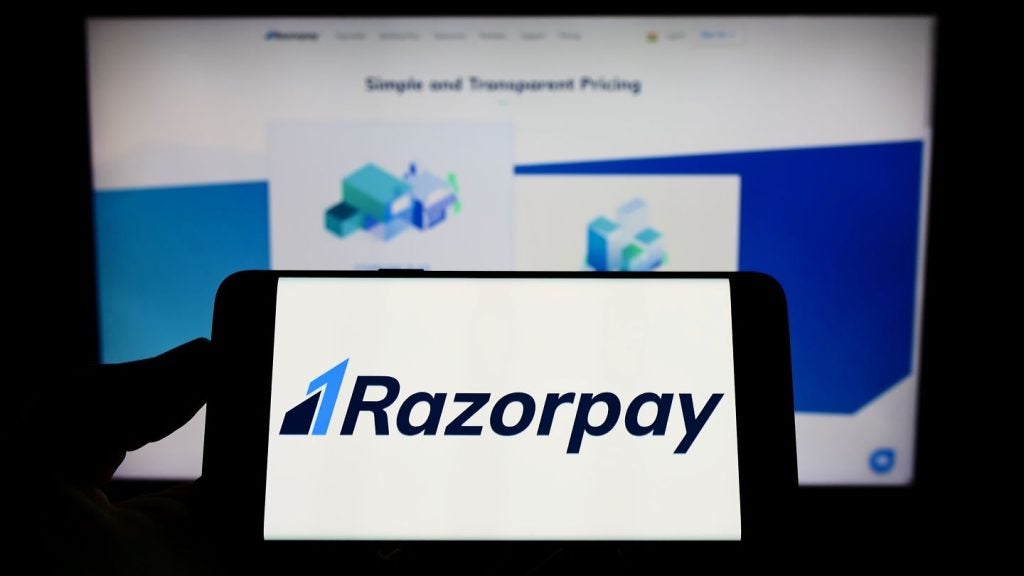In March this year, Apple unveiled plans to release a new branded payment offer called Apple Card as part of plans to boost its services business. Xavier Larduinat, manager for banking and payment innovation at Gemalto, writes
The Apple Card, set to launch in the US this summer, comes first in the Apple Wallet for Apple Pay payments in store, in-app and in-web.
It has been created with Goldman Sachs as the issuing bank, and MasterCard as the payment scheme. In addition to the digital card, Apple Card will also come as a standard ISO credit card, made of titanium, with an EMV chip for contact-mode payments at the POS terminal.
The card is not expected to support contactless payments. PAN and CVV are not displayed on the card, but are available in the Wallet app for online purchases at online retailers not yet accepting Apple Pay in-app or in-web. Apple CEO Tim Cook mentioned during his keynote speech on 25 March that the total number of Apple Pay transactions (at stores, in-app or in-web) should pass the 10 billion mark in 2019.
This is about 20 times less than the total amount of card payments at store or online in 2018, but having a physical card in addition to a digital one will clearly increase the number of transactions that this new Apple Card offer will be able to reach.
There were no comments during the keynote speech about the user experience for card activation. With the introduction of the NFC reader mode in iOS12 last autumn, many observers anticipate a solution whereby a simple tap of the physical Apple Card on the iOS device where the digital version of the Apple Card is installed could offer a simple, seamless journey for activation.

US Tariffs are shifting - will you react or anticipate?
Don’t let policy changes catch you off guard. Stay proactive with real-time data and expert analysis.
By GlobalDataCardholders in regions like Europe do activate their cards today using PIN at the first ATM or POS transaction; for the US market where credit cards do not use PIN, alternatives to current IVR or web-based solutions could be foreseen.
The Apple Card is certainly going to have an impact on the payments industry. Here are my thoughts on the four key trends that it is going to drive forward:
- Cards and mobile complement each other.
The first strong takeaway is that, for any given payment solution to get significant usage, cards are still the only way to connect billions of consumers with millions of merchants in the years ahead. Innovative payment solutions bring value, but none will totally displace card payments any time soon. My first impression on 25 March when discovering the ISO credit card version of the Apple Card is that it brings tremendous recognition to the EMV card industry. We strongly believe that a rich customer offer comes with the combination of mobile and card to get a seamless, broad and enjoyable payment experience. - Continuing the metal card trend
Perhaps most interestingly, Apple has chosen to create its EMV card using titanium – a trend we have seen increasing in popularity. The EMV card industry is increasingly using metal for high-end card segments. The ISO version of the Apple Card is made entirely from metal, rather than a hybrid of metal and PVC, like four out of five Gemalto cards in our metal cards portfolio. This means the card will not support contactless payments. Such transactions are using the NFC card emulation mode, whereby the terminal powers the card using magnetic induction via a large antenna coil embedded in the card body. Metal cards can support contactless payments when at least one side of the card is made of plastic. Apple Card users can use the digital version of their card, in conjunction with the Apple Pay mobile payment service, for contactless payments at the POS terminal. - Accelerating digital payments for e-commerce
The ISO version of the Apple Card comes with no PAN and no CVV on the card body, but this data is available in the Wallet app for online purchases. In addition, Apple Pay payments in-app and in-web are increasingly adopted by online retailers, accelerating the trend for new digital e-commerce payments. It is a clever move by Apple, as malicious websites managed by skimmers are more likely to put PAN, CVV and expiration date data at risk than the card body itself. It is key that payment providers such as Apple consider solutions such as dynamic code verification to protect consumers against skimming fraud. - Biometrics for Apple Card: only for the wallet app version today
The decision not to include cutting-edge biometric technology on the physical card is an interesting move by Apple. We believe biometric technology on credit cards enhances both their convenience and security, hence why we developed our own biometric EMV card with a built-in fingerprint sensor. In the US, holders are used to credit cards with no PIN entry at the POS. In most other regions in the world, chip and PIN is used, and the trend we observe is to use a fingerprint in lieu of a PIN. The bottom line is that, on 25 March, I personally took the announcement of the new Apple Card as another strong proof of EMV cards’ value for a complete, universal payment experience. The fact that the ISO version of the Apple Card is made with metal is also, to me, great news for the ongoing trend to adopt metal for high-end payment cards. It is a great time for EMV cards, and for the payments industry at large.







